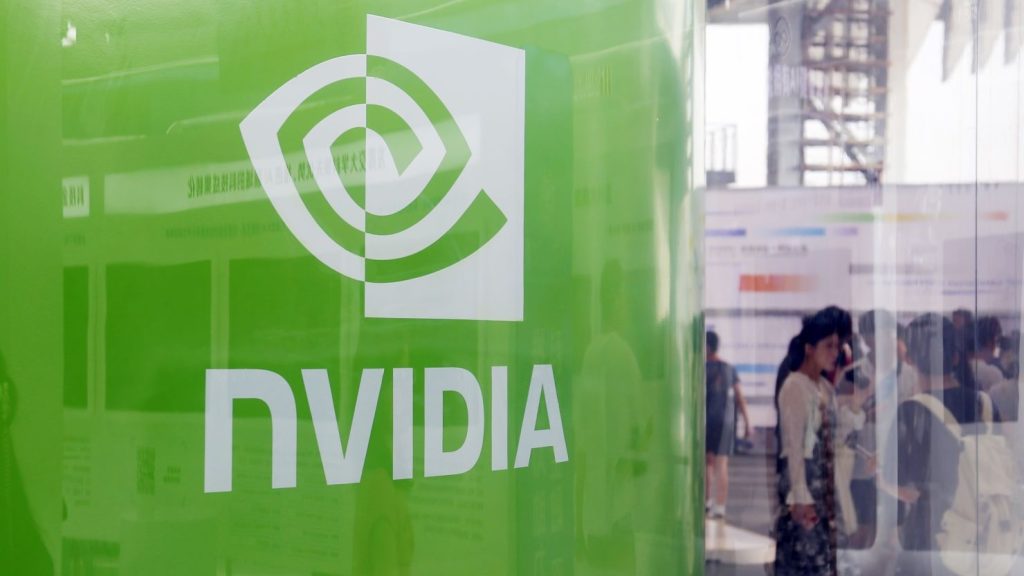Pidgin Corner
Naija manufacturing sector dey turn to local sourcing as e dey face 1.66% decline for real output

Naija manufacturing sector dey waka through wetin no easy for 2024, as e dey see small decline for real output and capacity utilization, according to di latest report from Manufacturers Association of Naija (MAN).
Even with di pressure from inflation, foreign exchange wahala, and slow consumer demand, manufacturers dey shift more to locally sourced raw materials to help dem manage di import challenges.
Di report show say di sector dey under pressure, dey face high operational cost, low consumer demand, and rising inflation. Wetin dem dey talk
Di report, wey MAN President Otunba Francis Meshioye present, show say capacity utilization wey be important sign of manufacturing health-drop small to 56.4% for H1 2024 from 56.5% for di same period last year.
But, di sector see small recovery from di second half of 2023, with 2.8% increase for capacity utilization, wey dey show say e dey gradually stabilize even with di bigger economic wahala.
According to MAN president, “Real manufacturing output for Naija don drop by 1.66 per cent year-on-year for H1 2024, e fall to N1.34 trillion from N1.36 trillion for H1 2023.”
“In spite of disdrop, di sector see 9.97 per cent increase compared to H2 2023, na baseline effect dey drive am.”
“In nominal terms, di manufacturing sector output for Naija don increase by 30.38 per cent year-on-year, e reach N5.34 trillion for H1 2024.”
Key highlights
“For real output mata, di manufacturing sector don see 1.66% year-on-year drop, e fall to N1.34 trillion from N1.36 trillion for H1 2023.”
Dis drop na sign say di sector dey struggle to keep production level for face of rising cost and tough market condition.
But, when you compare am to H2 2023, di sector get 9.97% boost, mostly bicos of baseline effect wey make di overall decline no too bad.
Even though real output drop, nominal manufacturing output see big increase, up 30.38% year-on-year to N5.34 trillion for H1 2024.
Meshioye talk say dis sharp increase na bicos of di fast rise for domestic prices, with di Consumer Price Index (CPI) don jump to 34.19% as of June 2024, driven by inflation pressure.
Shift to local raw materials dey face challenges
“For beta side, local raw material sourcing don improve small, e don increase to 56.03% for H1 2024 from 55.4% for H1 2023.”
MAN dey give credit for dis shift to di wahala wey manufacturers dey face to get foreign exchange, wey dey push companies to look for local sourcing options.
But, di change no dey consistent for all di sub-sectors.
Non-metallic mineral products and textile, apparel, and footwear, for example, see decline for local sourcing bicos dem dey rely on imported raw materials, wey show di challenges of reducing import dependency.
Inventory levels of unsold goods don dey rise too.
Di sector dey face rising inventory levels of unsold goods, wey don increase by 357.57% year-on-year to N1.24 trillion for H1 2024.
“Di increase for unsold finished products show say consumer no dey buy as inflation, subsidy wey dem don remove, and naira wey dey fall dey affect wetin average Naija fit spend.”
“Dis rising stockpile mean say we need to do targeted things to boost demand and make di sector perform beta.”
“Investment don increase, but na mainly bicos naira don fall.”
Manufacturing investment don rise by 29.63% year-on-year to N250.13 billion for H1 2024.
“But dis increase na mostly bicos naira don fall, wey make di cost to import machine and important things dey high.”
Meshioye talk say manufacturers dey focus on to maintain di production wey dem get already instead of to expand, bicos di economic wahala dey tough.
“For real, di money wey dem dey spend for investment no don really increase, e show say growth for di sector dey face plenty wahala.”
Energy cost and supply wahala still dey
Electricity supply to di sector don show some small improvement, as di average daily supply hours don increase to 11.28 hours per day for H1 2024.
However, di cost of alternative power sources dey rise, as manufacturers don spend N238.31 billion on energy alternatives na 7.69% increase from H2 2023.
High prices for diesel, gas, and odir fuels, plus di wahala wey dey for di national grid, don force plenty manufacturers to carry di financial burden of self-energy generation.
For Diaspora Digital Media Updates click on Whatsapp, or Telegram. For eyewitness accounts/ reports/ articles, write to: citizenreports@diasporadigitalmedia.com. Follow us on X (Fomerly Twitter) or Facebook












